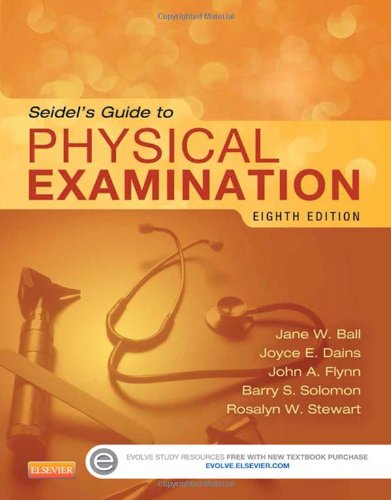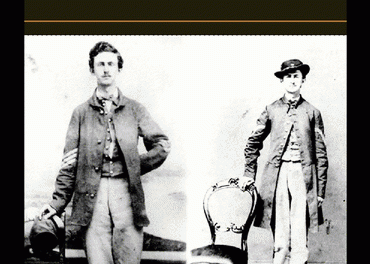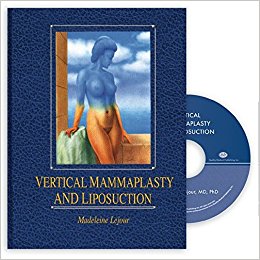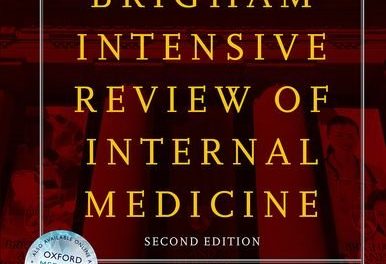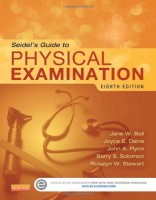 Authors: Jane W. Ball, DrPH; Joyce E Dains, DrPH; John A. Flynn, MD; Barry S. Solomon, MD; and Rosalyn W. Stewart, MD
Authors: Jane W. Ball, DrPH; Joyce E Dains, DrPH; John A. Flynn, MD; Barry S. Solomon, MD; and Rosalyn W. Stewart, MD
Publisher: Elsevier-Saunders – 714 pages
Book Review by: Nano Khilnani
This book has been developed primarily for those who are beginning their work life as healthcare professionals. The core message the authors want to impart to you is that patients are very important. Besides learning the science and practicing the art of physical examinations, it is important that you understand them, and build a mutually trustworthy professional relationship with them.
Knowing your patient’s physically and medical condition is not sufficient in developing a sound and effective relationship. It is essential that you understand them and you ascertain that they understand you, the authors point out in their Preface.
In terms of what you will find in this book essential to learning to take history and physically examining your patients, note that the first four chapters cover important components of assessment, such as vital signs and pain, mental status, growth and development, and nutrition.
Then, chapters eight through 22 go over body systems and parts, and each chapter is divided into four sections: anatomy and physiology; review of related history; examination and findings; and abnormalities.
To give you an overall look at the coverage of this book, these are its chapters:
- The History and Interviewing Process
- Cultural Competency
- Examination Techniques and Equipment
- Vital Signs and Pain Assessment
- Mental Status
- Growth and Measurement
- Nutrition
- Skin, Hair, and Nails
- Lymphatic System
- Head and Neck
- Eyes
- Ears, Nose, and Throat
- Chest and Lungs
- Heart
- Blood Vessels
- Breast and Axillae
- Abdomen
- Female Genitalia
- Male Genitalia
- Anus, Rectum, and Prostate
- Musculoskeletal System
- Neurologic System
- Sports Participation Evaluation
- Putting It All Together
- Taking the Next Steps: Critical Thinking
- Recording Information
- Emergency or Life-Threatening Situations
Besides the information provided in this book, you can avail of additional resources by going online to http://evolve.com/Seidel. Among those resources are: animations, audio clips, case studies, content updates, interactive activities, key points, NCLEX review questions, student checklists, and video clips.
Activate your complete learning experience that comes with this and each new textbook purchase by registering with your scratch-off access code found on the inside front cover of this book.
This book has all the essential information that a primary physician needs, relating to history taking and physical examination of patients, as well as developing a positive and effective relationship with them based on mutual understanding.
It is well organized, with textual and visual materials including high-quality boxes, charts, drawings, micrographs, photos, and tables. You’ll also find tabs on page edges to quickly refer to something.
At the end of this book, you will find a References and Readings section for deeper studying of abnormalities, anomalies, conditions, diseases, and disorders. You will also find a Glossary to under the meanings of unfamiliar terms or get the exact meanings of familiar terms.
This book also has three useful appendices needed to better understand your findings on patients, and comparing them with what is normal.
- Height / Eight Growth Charts
- Pediatric Blood Pressure Charts
- Conversion Tables and Anthopometric Measurements
Founding Author:
Henry M. Seidel, MD, who passed away in 2010, had authored the first seven editions, which were entitled Mosby’s Guide to Physical Examination. He was Professor Emeritus of Pediatrics at Johns Hopkins University School of Medicine. He received numerous awards and a named scholarship at JHU, as testimony of his service. He was Associate Dean for Student Affairs in the School of Medicine.
The authors of the current edition write that “he often reminded us that human interaction, sensitivity during history taking, and excellent physical examination skills enable health professionals to understand a patient and develop a healing relationship.”
Authors:
Jane W. Ball, DrPH, RN, CPNP is a Trauma Systems Consultant at American College of Physicians in Gaithersburg, Maryland.
Joyce E. Dains, DrPH, JD, RN, FNP-BC, FAANP is Associate Professor in the Department of Nursing at University of Texas MD Anderson Cancer Center in Houston, Texas.
John A. Flynn, MD, MBA, MEd is Clinical Director and Professor of Medicine in the Division of General Internal Medicine at Johns Hopkins University School of Medicine in Baltimore, Maryland.
Barry S. Solomon, MD, MPH is Associate Professor of Pediatrics, and Medical Director of the Harriet Lane Clinic in the Division of General Pediatrics and Adolescent Medicine at Johns Hopkins University School of Medicine in Baltimore, Maryland.
Rosalyn W. Stewart, MD, MS, MBA is Associate Professor of Pediatrics and Medicine in the Departments of Pediatrics and Internal Medicine at Johns Hopkins University School of Medicine in Baltimore, Maryland.

